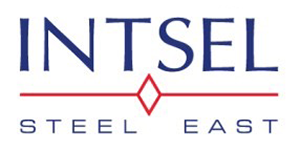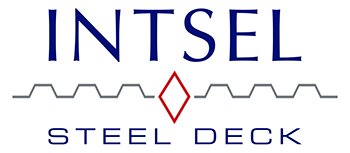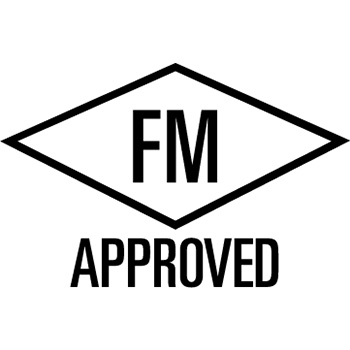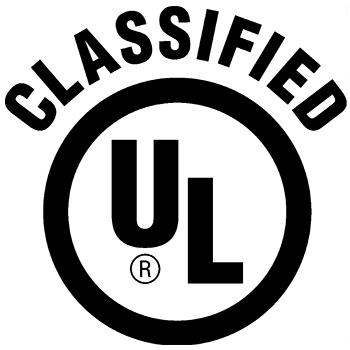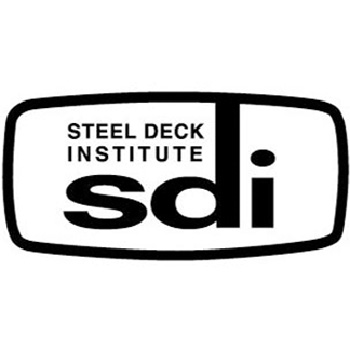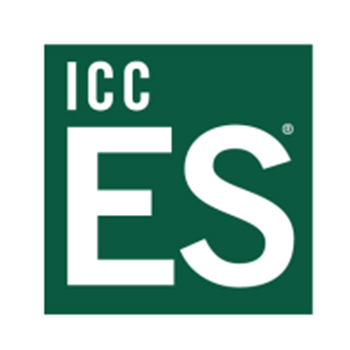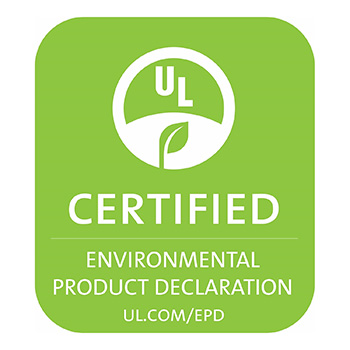The Benefits Of Plate Shearing
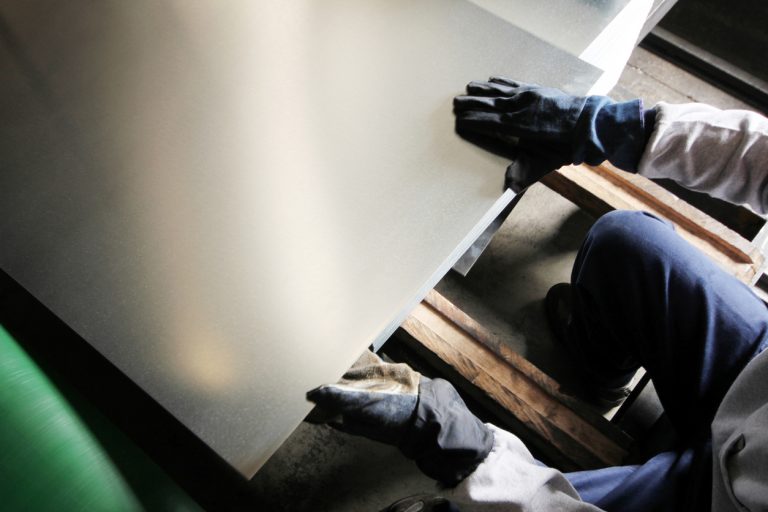
The American steel industry is a critical manufacturing sector of the U.S. economy. Steel is durable, reliable, and versatile. While sustainability is certainly at the forefront of most industries within the U.S. right now, the steel industry can claim superior performance in terms of minimized environmental impact.
Did you know that steel production requires half the energy to produce than it did 40 years ago? That’s a result of a 50% reduction in greenhouse gas emissions. One of the key contributors to this reduction could be attributed to one of the ways in which steel is processed: plate shearing.
Curious to know more about the process? Keep reading for a few benefits to plate shearing!
Benefits of Shearing
What is plate shearing, exactly? Plate shearing, or metal shearing, is the process in which sheet metal or steel plates get cut to size out of a larger roll of product.
For example, materials such as sheet metal, aluminum, or steel are moved through a shear machine, upon which the material then gets cut into smaller pieces. Other processes exist to cut through a material of this strength, such as cutting, folding, or welding. However, there are a few benefits to using the plate shearing process specifically.
Below is a quick list of some of the advantages of shearing.
1. Cost-Effective
As metal shearing can be used with a range of metals, it can also cut through a large amount of product in a short space of time. Thousands of pieces can be cut per hour. This is not only cost-effective, but efficient as well, which we’ll go over below.
2. Minimal Material Loss
One of the biggest benefits of the process is the minimal loss of material. The process of shearing doesn’t produce stray pieces of metal.
This is important, as full utilization of material is common for manufacturers. In addition to that, the minimal material loss equates to low or zero waste. Along with it being cost-effective, the technique indicates shearing can be more sustainable and environmentally friendly.
3. Efficient
The most blatant advantage to high-speed plate shears is the efficiency they bring to the processing of metals. Shearing can cut through softer metals in mere seconds.
In addition, the blades in a shearing machine can be set at an angle, which allows for less force necessary to cut through the product. A highly efficient processing time means the company can meet high demand in a time-friendly workflow.
4. Clean Product
This goes hand in hand with minimal material loss. The exactitude of the process allows for completely straight edges, as no heat gets used in the process. The product gets held down by pressurized clamps, upon which the metal is then precisely cut by an upper and lower blade. The positioning of the blades allows for less force to cut the product.
5. Variety
There are numerous types of metals that benefit from shearing, such as aluminum, brass, copper, and bronze. There are also a variety of highly durable shearing machines to cut through these products. The alligator shear is a common type primarily used to cut steel and aluminum. The bench sheer and the guillotine are prevalent as well.
Another layer to the variety of these products is the power systems behind them. There are manual shears, air-operated, hydraulic, mechanical, and electric. Each of these has its own respective capabilities, depending on which production demand is in question.
Notes on Plate Shearing
To make an entirely informed decision when asking the question: what is plate shearing, it would be pertinent to note plate shearing does come with a couple of minor disadvantages. Sheared metals such as aluminum and stainless steel have been mentioned as products that can be quickly and efficiently sheared.
The act of shearing is more difficult for harder metals, such as tungsten. Tungsten is a brittle metal and the nature of this product makes it difficult to shear as fracturing or delamination can occur during the process.
As mentioned above, shearing is extremely cost-effective with the ability to output products at a high volume and at any diameter. This isn’t necessarily the case for products of a certain size. Anything under 0.125″ is not an ideal candidate for the shearing process.
A final item of note is that shearing does not easily allow for the production of fine metal tubing. With no mandrel in place on a shearing machine, the tubing meant to be cut is then unsupported, causing a potential scenario in which the tube can be crushed. A mandrel can be floated in order to obtain the cut, however as the mandrel is not necessarily anchored to anything, the process is reliant on the friction that comes from the mandrel and the metal tube.
A key takeaway is that the precision of shearing is a process that requires an in-depth knowledge of the products and the expertise it takes to process them correctly and efficiently. Looking for more detailed information?
Shear Power
That’s where Bushwick Metals comes in. We’ve been processing and distributing metals since 1829. That’s nearly 200 years’ worth of knowledge and commitment to both customers and industry alike. We’re a company focused on supporting customer growth. Whether that’s through offering industry guidance or financing solutions, you can be sure to receive the best possible service available.
We’re dedicated to providing a full range of support for all your processing needs. Contact us today to request a quote or provide clarification on which plate shearing option is best for you.
